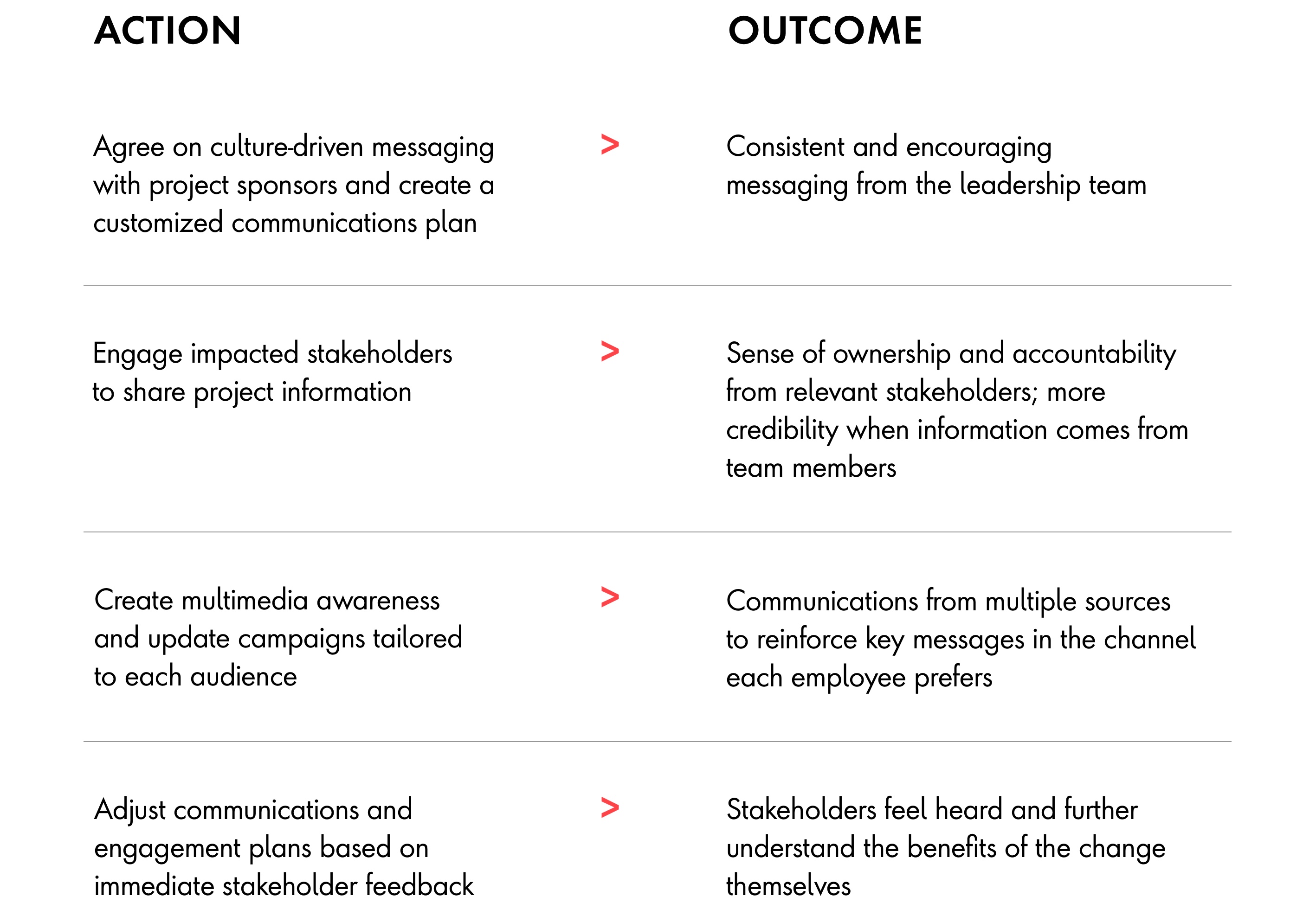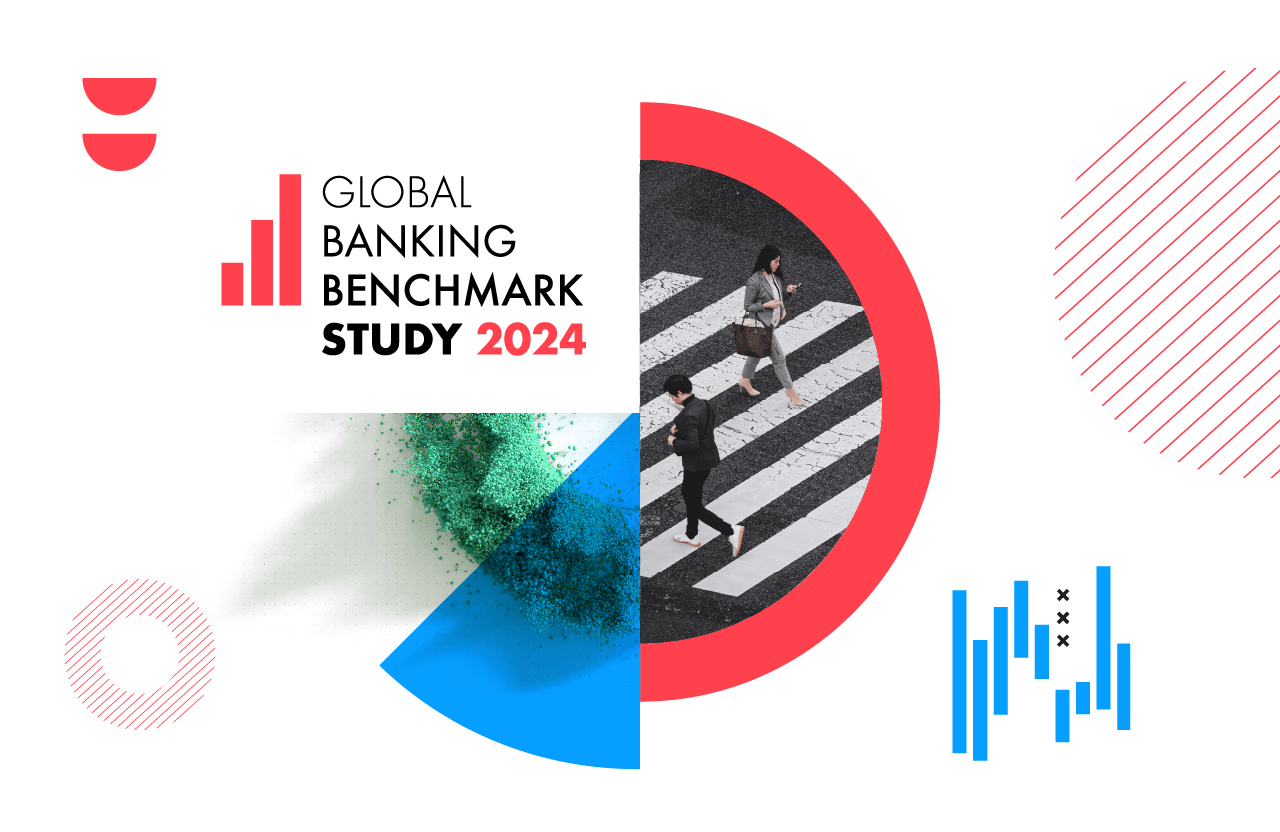What issue can we solve for you?
Type in your prompt above or try one of these suggestions
Suggested Prompt



Many global industries are quickly pivoting towards a digital future—one that will change how they operate internally to modernize products and services offered to customers. It will also change the way people work alongside technology, giving rise to new workforce capabilities and a growing demand for transformation to support new skillsets and agile ways of thinking. Employees are a different audience than customers, but they are both fundamental to the business.
Because COVID-19 magnified the need for rapid innovation, many organizations have acclimated to the rise of remote work in the wake of travel restrictions and stay-at-home orders. Research from Gartner suggests that remote work may become even more prevalent, with 74 percent of CFOs across industries expressing intent to shift some positions to remote work permanently.
With changes to the workforce coming more swiftly than ever, organizations must look to adapt quickly, with special attention to creating a culture that’s receptive to change. In the first article in this series, we discussed the importance of understanding company culture and values as companies move towards a digital future. Now, we’ll take a closer look at how organizations can create momentum for change in a way that’s authentic and accessible to employees.
A Catalyst for Change
When you look at enterprise organizations, culture can mean a lot of different things to different stakeholders, risking initial misalignment that can convolute the transformation process. Some executives may not be as invested as others, or understand the extent of impact. Involving all members of leadership in transformation projects early in the process can help unite the organization under one shared goal: becoming a truly digital organization.
“Successful leaders and role models don’t just communicate change efforts – they strive to live them, too.”
Matt Hopgood , Global Vice President, Strategy and Consulting
“Successful transformation needs clear vision from leadership,” Francesca Sorrentino, client partner, Publicis Sapient said. “Leaders are responsible for painting a really clear picture of what choices the firm will make, what that will feel like, and what everybody’s responsibilities will be to make that happen. It’s a really tall order from leaders to stay relentlessly focused on their vision despite headwinds and distraction, because it’s hard to motivate people to go into the unknown.”
And according to Matt Hopgood, global vice president, strategy and consulting, “successful leaders and role models don’t just communicate change efforts—they strive to live them, too.”
“You can't stand in front of people doing the same thing you've always done,” Hopgood said. “If you're going to talk about change, you have to role model the change and demonstrate the change by tackling communications in a way that's different than you would have done before.”

Authenticity is key here. Along with executive leadership, companies should look to appoint other change “champions” within the organization—people who understand the mission and can serve as role models for other employees. By actively reinforcing core values though leadership action while rewarding employees that embrace and cultivate change, organizations have the opportunity to create impactful new company stories that unite the workforce.
Creating awareness through captivating messaging helps organizations (and their partners) embrace the benefits of ongoing DBT efforts. Here are four ways to get started:

Fostering Change
Today’s workforce spans close to five different generations, each with their own sets of values, skills and ways of communicating. In order for culture change to be successful, employees of all backgrounds must feel that the work they do aligns with their own values.
When it comes to creating a connected workforce, organizations must tailor programs to meet the needs of the existing employees, while looking ahead to attract and retain valuable new talent. According to research from people success platform Glint, almost half of professionals cited positive company culture as one of the main reasons why they were proud to work for their company. As organizations move to embrace more digital ways of working, how can the organization provide training needed to upskill workers, while providing soft benefits that will stand out from the competition and retain new hires?

According to Christian White, senior manager, OCM & project management, Publicis Sapient, Houston, change is an ongoing exchange with personalized messaging that ties organization together at every step of the transformation journey—with DBT teams, HR and leadership working together in lockstep to ensure continuity. Change initiatives should be framed in context to individual working imperatives, with employees better understanding the role they play in transformation efforts and how their behaviors help drive overall business outcomes.
“While each generation has their own belief systems and opinions around what constitutes effective communication, our experiences show they all have a common bond—they simply want to be heard,” White said. “We have to know who we're communicating with, what the message is, reinforce it and really drive awareness of what's going on across the organization.”
Effective communication is a two-way street. As transformation projects continue their prevalence among large organizations, employees should be invited to share feedback throughout the entire DBT process. This enables organizations to operate with agility and more effectively connect with employee needs along the way.
“When you're embarking on a broader transformation program, specifically around cultural change, there's going to be experiments that are outside of anybody's direct experience. Some are going to work and some are not—but you need to be more open to feedback that is constructive,” Hopgood said. “Even though the experiment itself might have failed, focus on what you've learned.”
“Even though the experiment itself might have failed, focus on what you've learned.”
Matt Hopgood
A New Way of Working
Change is inevitable, and when harnessed correctly, can act as a springboard for organizations to effectively reach deep into their organic assets. The innovations impacting the future today are budding quickly. By creating a work culture ready to embrace change, leaders can better navigate disruption and quickly adapt processes to overcome challenges and consistently deliver better customer experiences—while creating an environment employees are proud to be a part of.
Read the rest of the series:
Related Reading
-
![]()
Technology Empowering Humanity
How a people-first approach to digital business transformation is changing lives.
-
![]()
Personalized Banking and Information Process Automation
Improve customer acquisition by creating hyper-personalized user experiences.
-
![Global Banking Benchmark Study 2024 report.]()
Research: 3rd Global Banking Benchmark Study
From AI to operational agility, learn firsthand what 1,000 global banking leaders are doing differently to accelerate their digital transformation.
Read the rest of the series:








